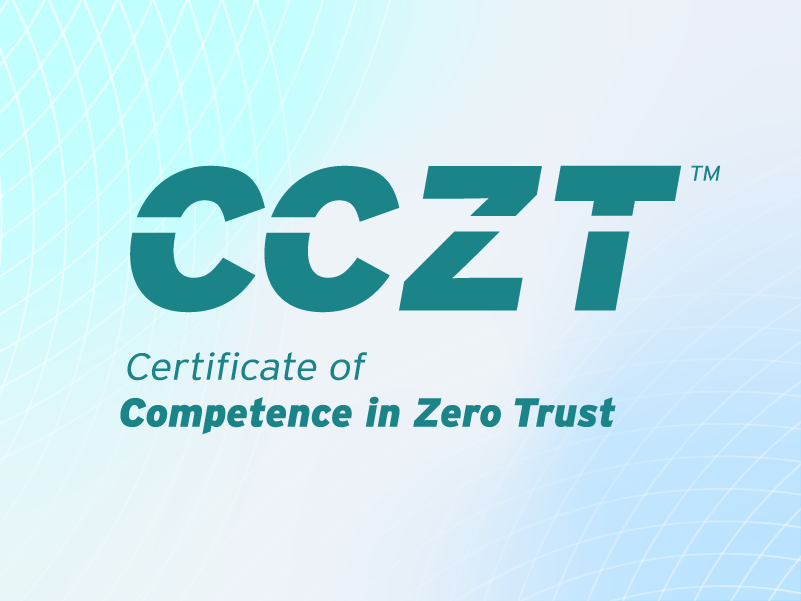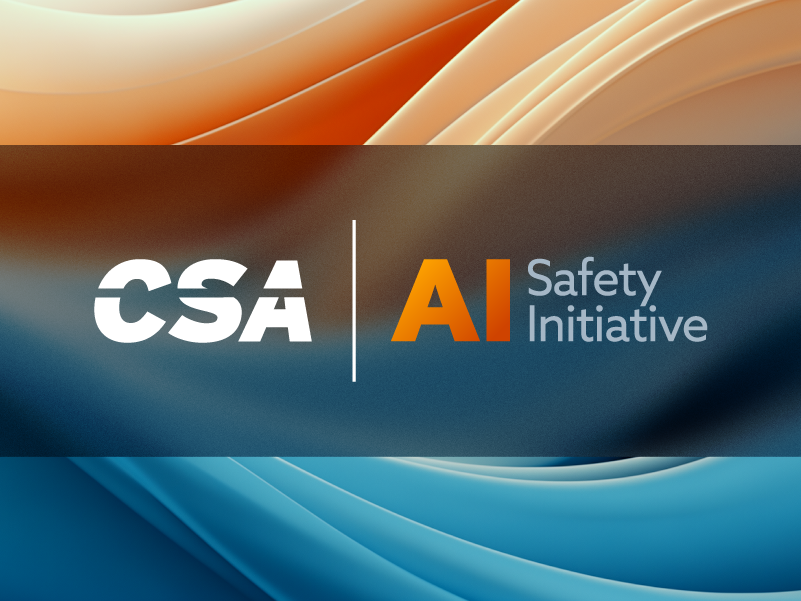AI Gone Wild: Why Shadow AI Is Your IT Team’s Worst Nightmare
Published 03/04/2025
Written by Aditya Patel, Cloud Security Specialist, AWS.
Edited by Marina Bregkou and Josh Buker, CSA.
Soon after ChatGPT had become viral, in early 2023, an electronics company learned the hard way why unsanctioned AI tools are a ticking time bomb. Some employees had fed proprietary source code for debugging assistance (a common use-case now but still niche at the time) into ChatGPT, unaware that it may store user inputs as a default setting, only for that code to resurface in responses to other users later. The breach potentially cost millions, exposed trade secrets, and led to significant reputation damage.
This is shadow Artificial Intelligence (AI) in action: employees using generative AI, coding assistants, or analytics tools without IT’s knowledge.
Shadow AI isn’t new- it’s the rebellious cousin of shadow IT. But while shadow IT involves rogue Dropbox accounts or unauthorized project management apps, shadow AI is riskier. Way riskier. Tools like ChatGPT, Claude, Mistral, and open-source LLMs like Llama and DeepSeek are too easy to use, too powerful, and too opaque.
Employees adopt them to automate tasks, draft reports, analyze data, create presentations, or debug code, often unaware they’re handing sensitive data to third-party companies. About 38% of employees (in a survey of 7000) share confidential data with AI platforms without approval, according to late 2024 research by CybSafe and the National Cybersecurity Alliance (NCA).
IT Teams are losing sleep over Shadow AI
1. Data leaks on steroids
Every prompt, upload, or query is a potential breach. The problem isn’t just volume - it’s velocity. AI’s self-learning nature means risks compound faster. A marketing intern pasting customer emails into ChatGPT today could leak PII, and that data could train a model used by competitors within days.
2. Regulatory compliance risks
Compliance frameworks and regulations like GDPR, HIPAA, SOC 2, PCI DSS, and CCPA weren’t built for AI. Shadow AI sidesteps these frameworks or regulations and internal data governance policies altogether. When shadow AI leaks EU customer data without consent, fines can hit 4% of global revenue. And when it leads to breach of a PCI DSS or HIPAA regulation, you may lose key enterprise customers, millions of dollars and hard earned customer trust.
3. Unauthorized AI influencing business decisions
Since AI models are based on statistical patterns, they make probabilistic decisions based on training data. In simple terms, they analyze what’s most likely to happen based on what they’ve learned from past data, much like an educated guess backed by statistics. When Shadow AI influences business processes, companies risk outcomes they can neither predict nor justify. For instance, an unauthorized AI-driven resume screening tool could introduce hidden biases, leading to discrimination lawsuits. Worse, because it wasn’t approved by IT, tracking how decisions were made is nearly impossible.
4. Security Vulnerabilities
While some AI models can run locally, many enterprise users rely on cloud-based AI services with API access. Unmanaged connections to external AI platforms create potential entry points for cyberattacks. IT teams lack visibility into who’s using what, making security monitoring ineffective. A compromised AI-powered chatbot integrated into customer service workflows could become a vector for phishing attacks. If IT didn’t approve or vet it, they may not even know it exists.
So.. what can be done?
Shadow AI isn’t going away. Employees use these tools because they provide value. First reaction may be to ban any and all AI tools. Not only will it stifle innovation, it will be hard to keep up with new AI tools popping up every second these days. In a nutshell: the solution isn’t elimination - it’s culture and governance.
1. DEFINE an AI Acceptable Use Policy
Start by auditing departments to identify which tools teams rely on. Apply zero-trust principles to treat all AI as risky until verified. Create an AI Acceptable Use Policy. Policies and standards may not have the teeth needed to actually stop Shadow AI, but it's the necessary first step. Then, classify AI tools into categories: Approved, Limited-Use, and Prohibited. Lastly, specify data handling enforcement mechanisms, employees should know what types of data can and cannot be fed into AI tools.
2. CREATE an AI AppStore
Establish an internal AI AppStore that features an allow-list of approved tools, ensuring employees have access to safe, enterprise-sanctioned AI solutions. For advanced AI capabilities, deploy private, enterprise-grade LLMs such as Amazon Q or ChatGPT Enterprise, which offer greater security, compliance, and data control.
For organizations requiring deeper customization, invest in in-house AI models built on Foundational Models from providers like Anthropic, OpenAI, or open-source alternatives such as Llama or DeepSeek. Enhance these models with Retrieval-Augmented Generation (RAG) to integrate internal knowledge sources, ensuring accuracy and relevance. Implement strong governance controls to manage data access, audit model outputs, and prevent misuse.
Is the hassle of custom models worth it though? Yes! While building a proprietary AI stack demands significant effort, it provides control, security, and alignment with business needs.
3. ESTABLISH AI Security Practices
Utilize network scanners with runtime security to identify unusual data flows to AI services, flagging unauthorized access or suspicious activity in real time. Enhance protection with AI-specific Data Loss Prevention (DLP) tools, which act as gatekeepers by inspecting and filtering sensitive information before it leaks. These measures ensure compliance, prevent data leakage, and provide IT with greater visibility into AI interactions across the organization.
4. DEVELOP internal AI training programs
Teach employees how AI works, including risks, responsible use and best practices. Create AI sandboxes where employees can test AI tools in a controlled environment. Make reporting unapproved AI tools a safe, automatic process, reinforcing that the goal is to improve oversight, not punish initiative. Shift the focus from policing to partnership by recognizing and rewarding teams that follow best practices. When employees see responsible AI use, as an opportunity rather than a restriction, compliance becomes a shared responsibility.
5. FOSTER a Culture of Secure Innovation
CIOs and CISOs play a pivotal role in addressing shadow AI challenges. By prioritizing transparency and fostering a culture of accountability leads to secure innovation. Leadership should also invest in scalable governance frameworks that evolve alongside advancements in technology. Regular audits and reviews ensure that policies remain relevant and effective in addressing emerging threats.
Bottom Line
Shadow AI doesn’t emerge from malicious intent. It grows where employees see a quick path to solve pressing problems. The trouble is that hidden tools compromise security, break compliance rules, and foster inaccurate or biased outcomes.
By detecting, managing, formalizing these hidden efforts, and having an approval system that people find fair and quick, organizations can capture the upside of AI while sidestepping disaster.
Organizations do not need to sacrifice speed for security. A balanced approach can preserve innovation while protecting valuable data and reputation.
Notes:
The views, opinions, and conclusions expressed in this blog are solely those of the author and do not reflect the views or policies of any current or former employer.
LLMs don’t learn from individual user prompts in real-time. When organizations lack oversight, sensitive data can be exposed in datasets used for model retraining. This can result in leaks or unintended biases surfacing in future AI outputs.
About the Author
Aditya Patel is a cybersecurity leader, researcher, and blogger with over 15 years of experience in information security, cloud architecture, and machine learning. As a senior security architect, he specializes in designing secure, scalable solutions with a focus on AI safety, large language model (LLM) security, and compliance. Holding a Master’s degree in Cybersecurity from Johns Hopkins University, Aditya has contributed to security research and regularly shares insights through public speaking engagements and his blog (secwale.com). He remains deeply engaged in mentoring and advising on strategic security initiatives.
Related Resources



Unlock Cloud Security Insights
Subscribe to our newsletter for the latest expert trends and updates
Related Articles:
Why Your Copilot Needs a Security Co-Pilot: Enhancing GenAI with Deterministic Fixes
Published: 12/10/2025
How to Build AI Prompt Guardrails: An In-Depth Guide for Securing Enterprise GenAI
Published: 12/10/2025
Security for AI Building, Not Security for AI Buildings
Published: 12/09/2025
AI Explainability Scorecard
Published: 12/08/2025


.jpeg)
.jpeg)
.jpeg)
.jpeg)